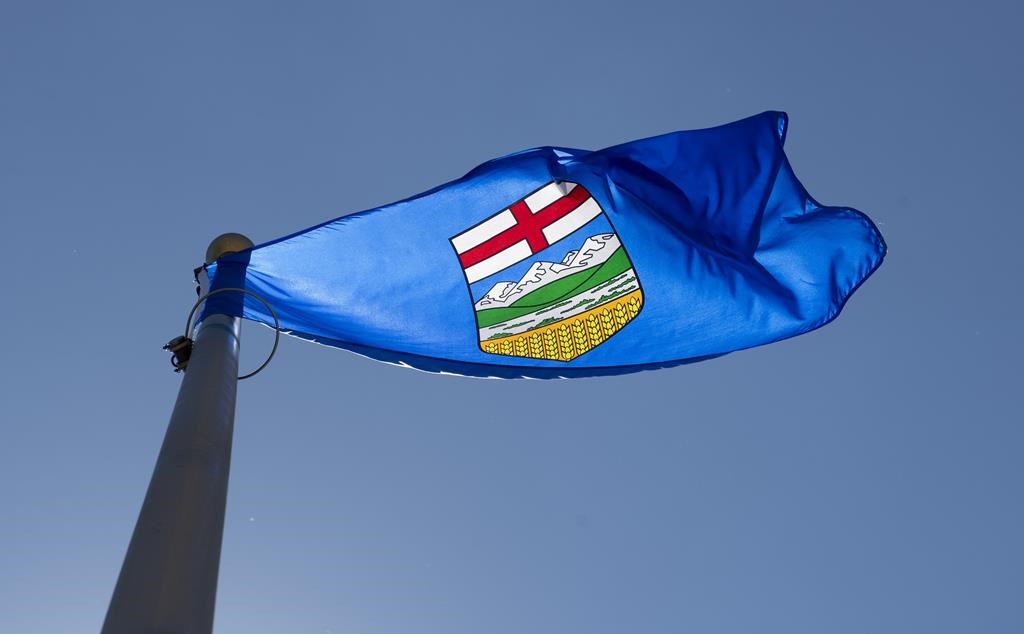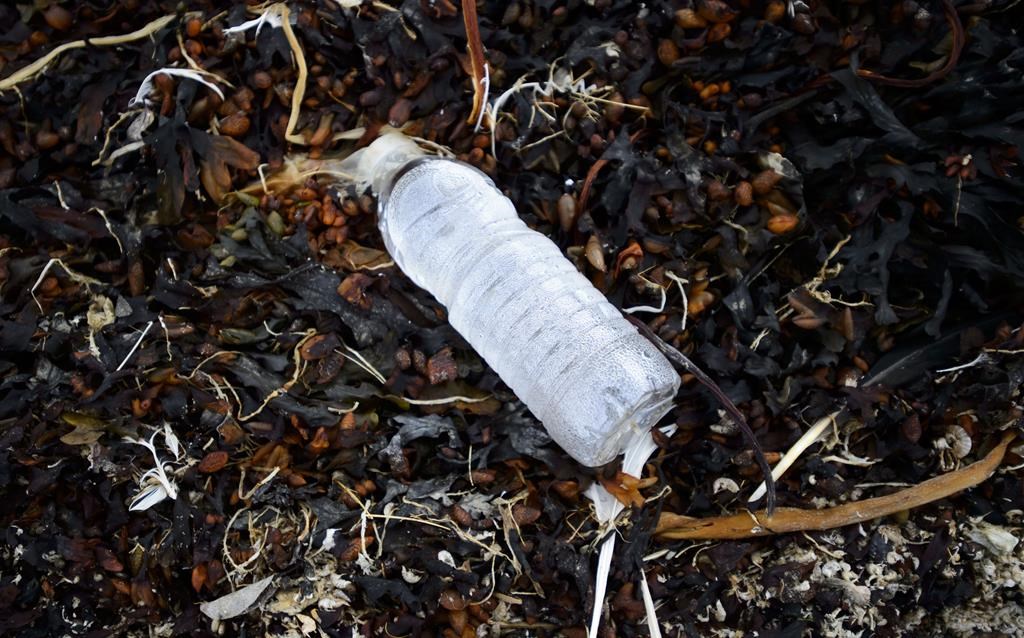-1691701528.jpg)
The TFSA limit increases to $7,000 in 2024
Mitch Hutchinson / Shutterstock
The Canadian government has set the annual TFSA limit at $7,000. Should you contribute? Here’s what you need to know about the TFSA limit and how a TFSA can help you achieve your financial goals.
Looking to save money as one of your New Year’s Resolutions? Here’s some good news: as of January 1, 2024, you’ll gain an additional $7,000 in TFSA contribution room. This means that Canadians who were at least 18 years of age in 2009 now have a cumulative maximum of $95,000 in TFSA contribution room — a significant chunk of money that can deliver tax-free compound earnings over time.
A Tax-Free Savings Account (TFSA) is a great place to stash your cash and meet your money goals, but there are a few things to understand before you get started saving. Here’s what Millennials should know about TFSA contribution limits and how a TFSA can help you achieve your financial goals.
What is a TFSA?
Created in 2009, a TFSA is a registered saving and investment vehicle that offers special tax benefits. You can hold virtually any type of savings or investment account within a TFSA, including cash, GICs, mutual funds, stocks and bonds.
The income earned in these accounts — bank interest, dividend payments, equities growth, etc. — is completely tax-sheltered. You never pay tax on those earnings, which means they compound tax-free over time. You also don’t pay income tax when you withdraw funds from your TFSA.
TFSAs are gaining popularity among younger Canadians. According to the latest available Census data, about 40% of those under 35 years of age have a TFSA, making it the age group’s preferred registered savings vehicle.
READ MORE: TFSA Basics
Should I contribute to a TFSA?
For most Millennials, the answer is a resounding yes.
If you have money parked in a regular high-interest savings account, or you have any non-registered investments such as GICs, stocks or bonds, you can avoid paying tax on the interest or investment earnings by simply transferring those savings or investments into a TFSA.
This tax sheltering is particularly beneficial as the TFSA contribution limit increases. For example, if you got a 5% annual return on a $5,000 contribution in 2009, you’d have earned $250 within one year, and avoided somewhere between $37.50 and $82.50 in federal income tax on those earnings (depending on your income tax bracket).
But if you now have the cumulative limit of $95,000 invested, at the same rate of return you’ll make $4,750 tax-free within a year.
How to choose the best TFSA savings account
Selecting the right TFSA depends on how you plan to use your savings. According to a BMO poll, about 50% of Canadians use a TFSA for retirement savings and 39% use it as an emergency fund. If you might need to use the money in your TFSA within the next five years, like an emergency fund, or for buying your first home, an upcoming wedding, a car purchase or other upcoming expense, a high-interest TFSA savings account or GIC could be the right type of TFSA for you.
However, if you plan on leaving your TFSA money to grow over the long term, such as for retirement, a balanced and diversified investment account will offer you the highest returns, as we explain below.
READ MORE: The best TFSA investment options in Canada
Current TFSA contribution limit
There is an annual limit you can contribute to a TFSA for each year that you were 18 or older.
| Year | TFSA annual contribution limit | TFSA lifetime cumulative limit |
|---|---|---|
| 2024 | $7,000 | $95,000 |
| 2023 | $6,500 | $88,000 |
| 2022 | $6,000 | $81,500 |
| 2021 | $6,000 | $75,500 |
| 2020 | $6,000 | $69,500 |
| 2019 | $6,000 | $63,500 |
| 2018 | $5,500 | $57,500 |
| 2017 | $5,500 | $52,000 |
| 2016 | $5,500 | $46,500 |
| 2015 | $10,000 | $41,000 |
| 2014 | $5,500 | $31,000 |
| 2013 | $5,500 | $25,500 |
| 2012 | $5,000 | $20,000 |
| 2011 | $5,000 | $15,000 |
| 2010 | $5,000 | $10,000 |
| 2009 | $5,000 | $5,000 |
One caveat: once you’ve used up your available contribution room, any withdrawals you make from your TFSA cannot be paid back into the account until the following year. If you mistakenly overcontribute to your TFSA, you’ll pay a tax of 1% on the excess amount for each month that it remains in your account.
For example, if you maxed out your TFSA in early 2023 and then withdrew $5,000 in September, you’d have had to wait until January 2024 before you could pay back those funds (or you’d be charged the penalty). On Jan. 1, 2024, your available contribution room would then be $12,000 ($7,000 for 2024 + $5,000 repayment of the 2023 withdrawal).
How to invest in a TFSA
We recommend taking the couch potato approach to investing, also known as passive investing. Over the long term, this strategy provides the greatest returns with the least risk because you aren’t chasing the latest stock tips trying to beat the market, and you avoid the high fees charged by most Canadian mutual funds.
By purchasing extremely low-fee investments that track the performance of the market overall, such as exchange-traded funds and index funds, you will maximize your earnings.
You can use the couch potato strategy to invest in any type of account, including non-registered accounts, Registered Retirement Savings Plans (RRSP) and TFSAs.
There are a couple of options for investing in a TFSA:
A robo-advisor
All robo-advisors in Canada offer TFSA accounts and allow investors to build a portfolio of low-cost index funds and ETFs. A robo-advisor like Wealthsimple is a great way to set up an investment portfolio without the hassle of doing it on their own or the pricey fees associated with a full-service advisor.
READ MORE: Complete guide to robo-advisors in Canada
Discount brokerage
If you’re really looking to cut costs and you’re comfortable with DIY investing, open a self-directed TFSA account at a discount brokerage. From there, you can build your own portfolio of ETFs by following the Canadian Couch Potato model portfolios or coming up with something on your own.
READ MORE: Ultimate guide to Canada’s discount brokerages
RRSP vs. TFSA?
The main difference between an RRSP and a TFSA is how and when you are taxed on contributions and earnings. With an RRSP, you get the benefit of a tax deduction for your contributions in the year you make them, and your investments grow tax-free while inside the RRSP. But you must pay income tax in the year you withdraw funds.
With a TFSA, there is no tax deduction when you contribute, and your investments grow tax-free while inside the TFSA. The real benefit comes when you withdraw the money – completely tax-free.
Other differences include annual contribution limits and age restrictions for contributions, as shown in the chart below.
| Contribution rules | TFSA | RRSP |
|---|---|---|
| Annual contribution limit | Max of $7,000 for 2024. | 18% of previous year's earned income up to $29,210 (whichever is lower). |
| Ages you can contribute | 18 and over | Up to age 71 |
| Get a tax deduction in year of contribution? | No | Yes |
| Pay income tax in year of withdrawal? | No | Yes |
Ideally, you want to contribute to both TFSAs and RRSPs to get all the tax-sheltered earnings allowed. If you cannot afford both, a TFSA is often a better choice for younger Canadians for two main reasons:
Flexibility
If you are saving up for a house, car, vacation, wedding or any other pre-retirement big-ticket item, money in a TFSA can be easily withdrawn at any time tax-free and without penalty. Plus, you can replace any money withdrawn from the TFSA in the following calendar year.
On the other hand, if you withdraw money from an RRSP pre-retirement, you’ll incur significant fees and income taxes. There are a couple of exceptions, such as the Home Buyers Plan and Lifelong Learning Plan, that allow you to withdraw money from an RRSP to help pay for a home purchase or education costs — but even then there are strict parameters on how much you can withdraw without penalty, and when you must repay the funds into your RRSP.
Canada’s progressive income tax system
Even if you’re sure you won’t use the money until retirement, a TFSA can still be a better choice for younger Canadians who expect their incomes to rise in the future. Why? Because you get a tax deduction when you make RRSP contributions, and you’ll save more money on taxes if you keep your RRSP contribution room open until your income rises and puts you in a higher tax bracket.
READ MORE: RRSP vs. TFSA: Which to choose?
The bottom line
Tax-free savings accounts are an important tool for achieving your financial goals by minimizing the tax you pay on interest and investment earnings. Whether you choose a high-interest savings account, pre-fab portfolio of index funds or ETFs, or build your own portfolio using a discount brokerage, you can shelter your money’s earnings from tax and maximize your money.
READ MORE: TFSA (Tax-Free Savings Accounts) basics
Disclaimer
The content provided on Money.ca is information to help users become financially literate. It is neither tax nor legal advice, is not intended to be relied upon as a forecast, research or investment advice, and is not a recommendation, offer or solicitation to buy or sell any securities or to adopt any investment strategy. Tax, investment and all other decisions should be made, as appropriate, only with guidance from a qualified professional. We make no representation or warranty of any kind, either express or implied, with respect to the data provided, the timeliness thereof, the results to be obtained by the use thereof or any other matter.




